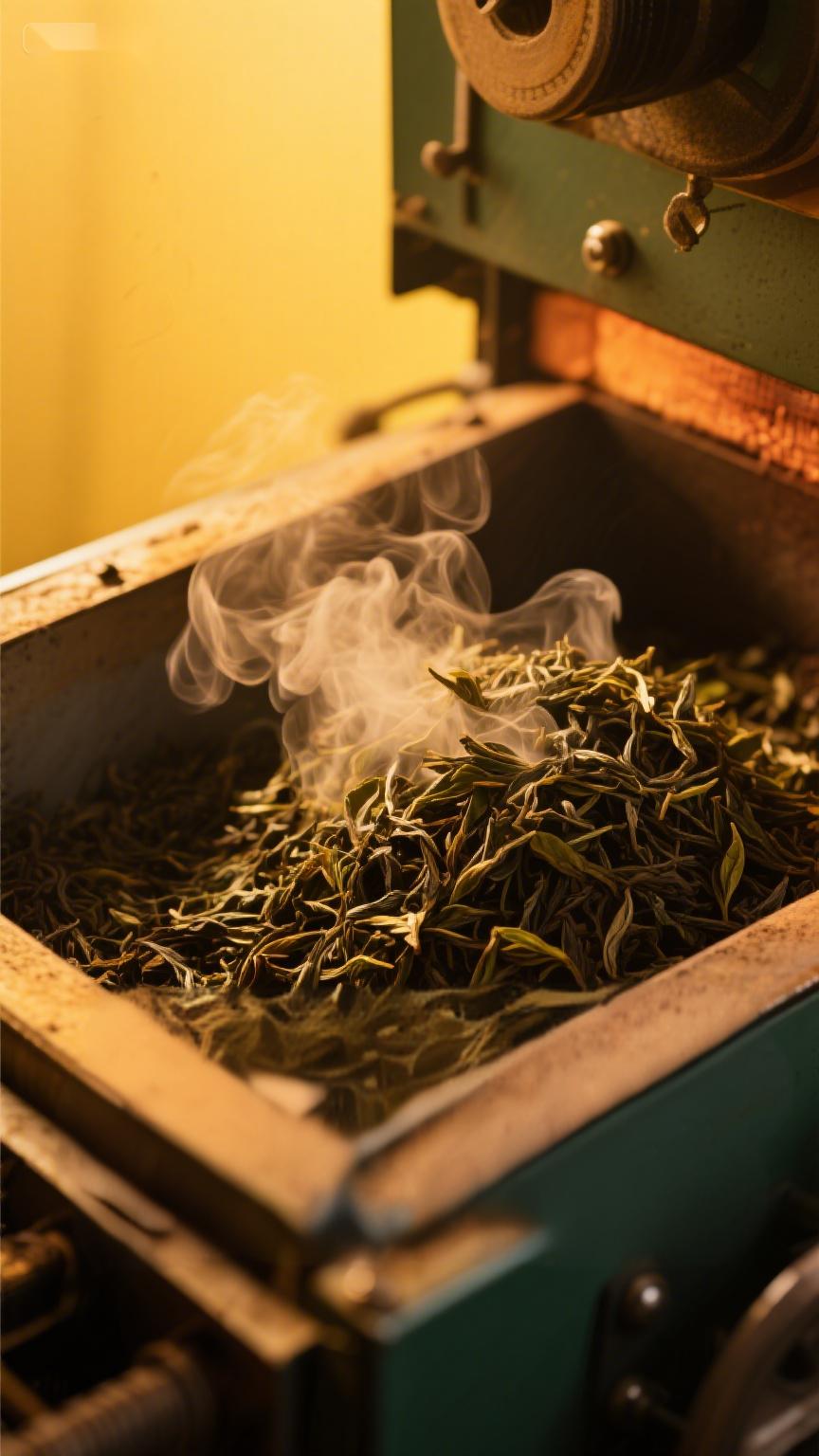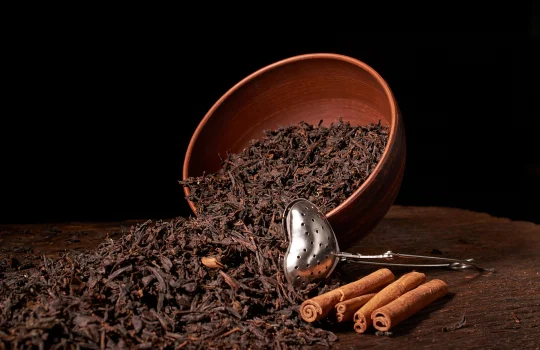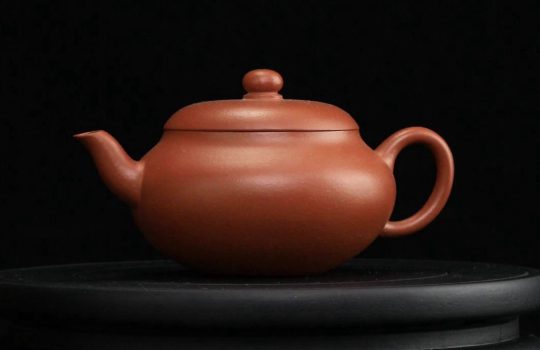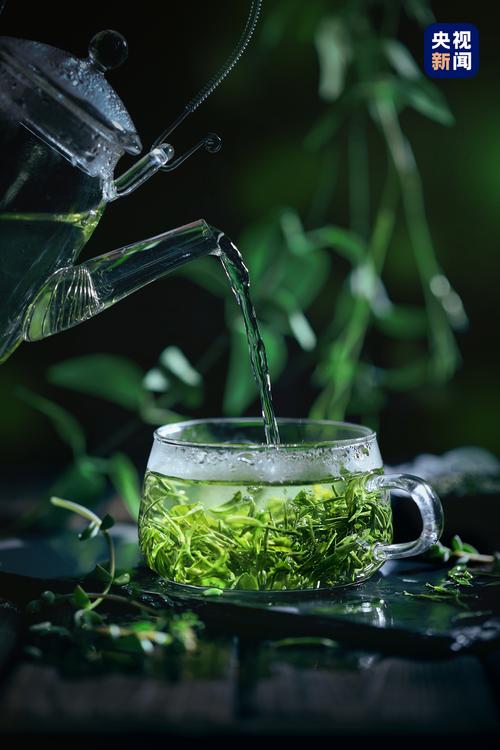Tea with insufficient aroma, or tea whose taste has changed after being stored for a period of time, people often use the power of fire to change the color, aroma, taste, and shape of the tea in order to meet the needs of the market and the taste of customers. This process is called roasting.
If we want the tea we make to have a fiery aroma, we can roast it with fire. Baking is a crucial step in determining the quality of tea soup and can also result in different flavors of tea leaves. Light roasted tea leaves taste fresher and have a taste similar to eating lightly flavored dishes; Tea leaves that have been heavily roasted feel more ripe when drinking, and have a taste similar to eating braised dishes.
The degree of roasting varies, and the tea leaves also have different effects on the human body. Tea is a food with a cold nature, and roasting it can raise its temperature, making it less cold, but it will not produce a heating effect. Drinking unpasteurized tea is colder, while drinking roasted tea is warmer.
We can see the degree of roasting through appearance: lightly roasted tea has a brighter color, and the lighter the roasting, the higher the brightness; Tea with heavy roasting has a darker color, and the heavier the roasting, the lower the brightness. Baking affects the depth of tea color, including the color of dry tea and the color of brewed tea soup. Therefore, people classify tea into three types based on the degree of roasting: raw tea, semi ripe tea, and ripe tea
Raw tea: Tea that has been lightly roasted and dried to less than 5% moisture.
Semi ripe tea: has a higher degree of roasting and a longer time.
Mature tea: Tea that has been roasted at high temperatures for a long time.
The so-called raw tea and ripe tea mainly refer to the degree of roasting. But the more tender the tea leaves are harvested, the lighter they are kneaded, and the less fermentation they undergo, the more the tea will become undercooked; On the contrary, the more mature the tea leaves are harvested, the heavier they are rolled, and the more they ferment, the more the tea will become slightly ripe.
There are four main purposes for tea roasting:
(1) Evaporate moisture, reduce the moisture content in tea leaves, and extend shelf life. Due to its loose structure and the presence of hydrophilic groups such as hydroxyl groups in many of its components, tea has strong hygroscopicity. After the moisture content of tea reaches a certain level, mold begins to appear, and the tea gradually becomes moldy and spoiled, thereby losing its drinking value. Baking can slow down the rate at which tea quality decreases, ensuring the quality during storage.
(2) Change the quality, improve or adjust the aroma, taste, and water color of tea leaves. In the initial production of tea, there are often unpleasant green and bitter flavors, as well as mixed and aged flavors caused by improper storage. By roasting at a certain temperature, the taste of tea can be made pure, the freshness can be increased, and the fire fragrance can be restored.
(3) Enhance the aroma, color, and ripeness to compensate for defects in the production process, meet different tastes, and produce quality that meets market demand.
(4) Sterilization. There are microorganisms in tea, including molds, mushrooms, and yeast. Mold is a sign of moldy tea leaves. Generally, mold can be killed above 160 ℃, so bacteria can be removed by roasting. In addition, tea leaves containing pesticide residues can also be degraded and volatilized through high temperatures to reduce residues.
Actually, not all types of tea require roasting, such as black tea. Because the fatty acids in black tea have already been converted during the fermentation process, there are no longer any fatty acids that can be acidified, so there is no need to roast it.




